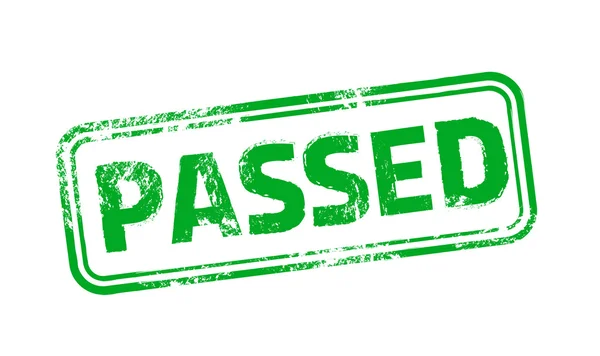
Table of Contents
Detention of Students in Class Five and Eight in India
Education is one of the most significant tools for national development. In India, the Right to Education (RTE) Act, 2009, was introduced to provide free and compulsory education to children aged 6 to 14. One of the key features of the RTE Act was the no-detention policy up to Class 8, aimed at reducing stress and ensuring that students remain in school. However, over time, this policy drew criticism for declining learning outcomes. Consequently, the RTE Act was amended in 2019 to allow the detention of Govt Schools like Kendriya Vidyalaya and Jawahar Navodaya Vidyalaya students in Classes 5 and 8 under specific circumstances. This move has sparked discussions about its implications for the Indian education system especially .
Background of the No-Detention Policy
The no-detention policy ensured that no student could be held back in the same class or expelled from school up to Class 8, regardless of their academic performance. This approach sought to eliminate the fear of failure and encourage children, especially from marginalized communities, to stay in school. While the intention was noble, it inadvertently led to a lack of accountability among students and teachers and contributed to poor learning outcomes.
By the mid-2010s, national surveys highlighted alarmingly low literacy and numeracy levels among students. For example, the Annual Status of Education Report (ASER) revealed that many Class 5 students struggled to read texts meant for Class 2 or perform basic arithmetic. These findings led to calls for revisiting the no-detention policy.
The 2019 RTE Amendment
The Indian Parliament amended the RTE Act in 2019 to allow states to introduce a system of detention for students in Classes 5 and 8. Under the amendment:
- Students must pass annual examinations conducted at the end of Classes 5 and 8.
- If a student fails, they are provided remedial teaching and given a chance to reappear in a re-examination.
- Students failing the re-examination may be detained at the discretion of the state government.
This amendment gave states the flexibility to implement detention policies based on their regional educational contexts while maintaining a focus on learning outcomes.
Objectives of the Detention Policy
The reintroduction of detention aims to address several concerns in the education system:
- Improving Academic Standards
By making promotion contingent on performance, the policy seeks to motivate students to take their studies more seriously and develop essential skills. - Enhancing Teacher Accountability
Teachers are encouraged to adopt effective teaching methods to ensure that students meet required learning levels. - Bridging Skill Gaps
Detaining students who fail ensures that foundational concepts are strengthened before they advance to higher classes, reducing the risk of long-term learning deficiencies. - Encouraging Remedial Interventions
The policy includes provisions for remedial teaching, ensuring that students who lag behind receive focused support.

Challenges and Criticisms
While the detention policy aims to improve learning outcomes, it also raises several concerns:
- Psychological Impact on Students
Detaining students can harm their self-esteem, leading to feelings of failure and disengagement from education. This is particularly worrying in India, where academic performance is often tied to social status and family pride. - Increased Dropout Rates
Research suggests that students who are detained are more likely to drop out of school, especially in underprivileged areas where families already face economic pressures. - Systemic Issues in Education
Critics argue that the root causes of poor academic performance—such as inadequate infrastructure, lack of trained teachers, and outdated curricula—remain unaddressed. Detention, in this context, may act as a superficial solution. - Regional Disparities
States vary widely in their capacity to implement the policy effectively. Some states lack resources to conduct re-examinations or provide quality remedial education, putting students at a disadvantage. - Equity Concerns
Students from marginalized communities or economically weaker sections are more likely to face challenges in passing exams, exacerbating educational inequities.
Supporting Students Under the Policy
To ensure that the detention policy achieves its intended goals without adversely affecting students, several measures are crucial:
- Remedial Education Programs
Schools must prioritize remedial teaching for students at risk of failing, using innovative and student-friendly methods to bridge learning gaps. - Improved Teacher Training
Teachers should receive training to identify and support struggling learners effectively. Modern pedagogical techniques can help engage students and make learning more accessible. - Psychological Support
Counseling services should be made available to help students cope with academic pressures and build resilience against failure. - Involving Parents
Parents play a vital role in supporting children’s education. Schools should work with families to create a nurturing environment for learning. - Monitoring and Evaluation
The government should establish mechanisms to monitor the policy’s impact, addressing issues as they arise to ensure that no child is left behind.
The Way Forward
The detention policy for Classes 5 and 8 reflects a significant shift in India’s education landscape, focusing on improving learning outcomes while balancing the need for inclusivity. For the policy to succeed, it must be accompanied by comprehensive reforms addressing the systemic issues plaguing the education system.
Investments in teacher training, infrastructure, and curriculum modernization are critical to creating a conducive learning environment. Moreover, detention should be treated as a last resort, with emphasis placed on providing students with the support they need to succeed academically.
As India works toward its vision of quality education for all, the detention policy serves as both a challenge and an opportunity to enhance the effectiveness of its schooling system. By implementing it thoughtfully and equitably, the nation can ensure that every child receives the education they deserve.
